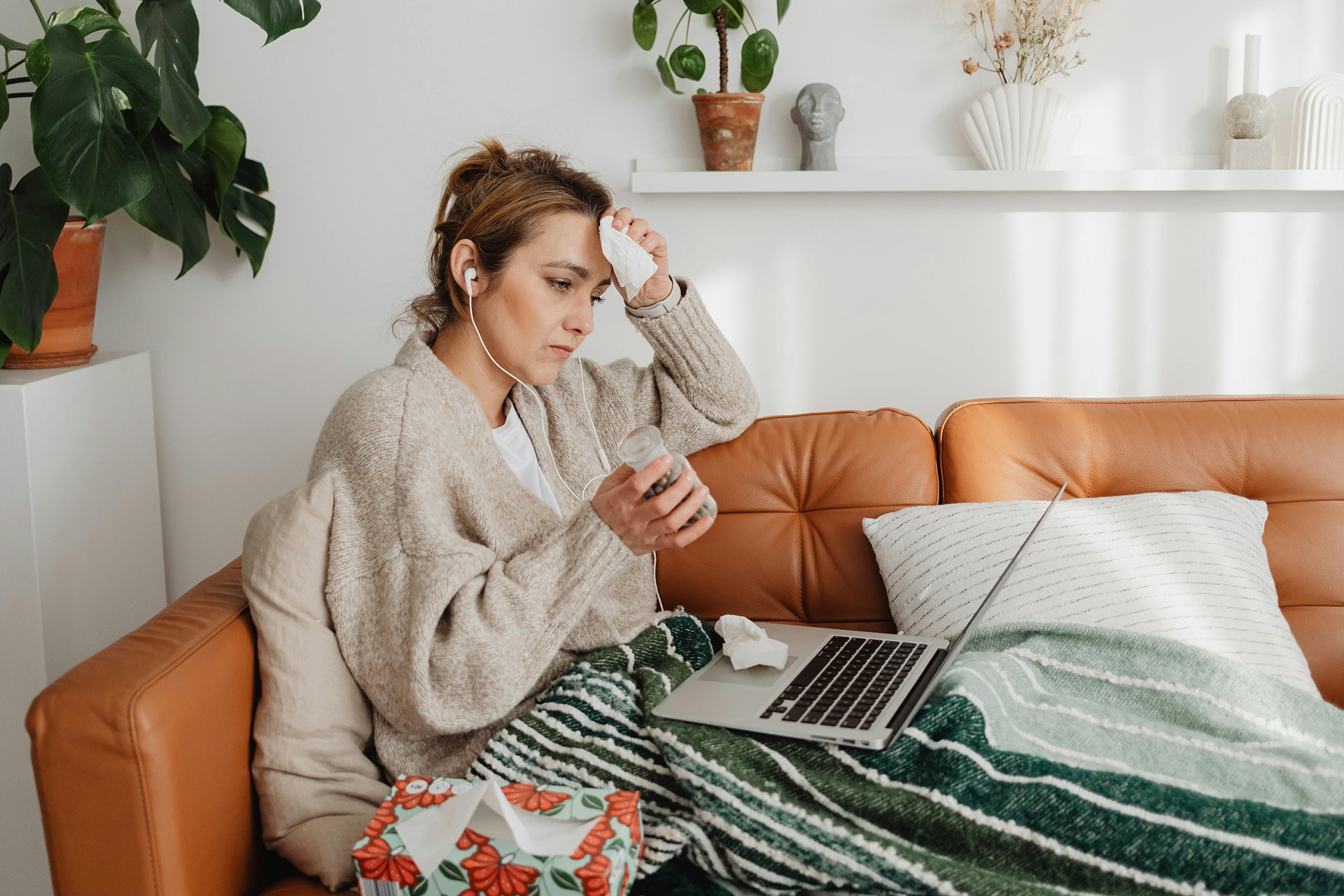Benefits and Drawbacks to Napping

Many swear by napping as an effective way to relax and recharge, while others find naps unhelpful and disruptive to their sleep schedule. Although there are many factors that impact how helpful naps can be. By understanding the role of napping, you can learn to take effective naps that support your body's internal clock and maintain your energy level throughout the day.
Let's go through the different types of naps:
- Recovery Nap: Sleep deprivation can leave you feeling tired the following day. If you are up late or have interrupted sleep one night, you might take a recovery nap the next day to compensate for sleep loss.
- Prophylactic Nap: This type of nap is taken in preparation for sleep loss. For example, night shift workers may schedule naps before and during their
- Appetitive Nap: Appetitive naps are taken for the enjoyment of napping. Napping can be relaxing and can improve your mood and energy level upon waking.
- Fulfillment Nap: Children have a greater need for sleep than adults. Fulfillment naps are often scheduled into the days of infants and toddlers and can occur spontaneously in children of all ages.
- Essential Nap: When you are sick, you have a greater need for sleep. This is because your immune system mounts a response to fight infection or promote healing, and that requires extra energy. Naps taken during illness are considered essential.
While there are numerous benefits to taking a nap during the day, napping at the wrong time of day can backfire. Here's how to make the most out of a nap:
1. Keep naps short.
Aim to nap for only 10 to 20 minutes. There is one significant factor responsible for the varied effects of naps is their length. Anytime we fall asleep, we begin to move through a series of sleep stages. Napping for five minutes will be too short to move deep enough through sleep stages to produce a notable benefit whereas sleeping for 30 minutes or longer gives the body enough time to enter deep (slow-wave) sleep. However, napping for too long can leave you feeling groggy for up to an hour. This period of drowsiness is also called “sleep inertia.”
2. Take naps in the early afternoon.
Napping after 3 p.m can interfere with nighttime sleep. Individual factors such as your need for sleep, your sleep schedule, your age and your medication use, also can play a role in determining the best time of day to nap.
3. Create a restful environment.
Nap in a quiet dark place with a comfortable room temperature and a few distractions.
You may be asking yourself what are the benefits of napping?
Homeostatic sleep drive is the technical term for the feeling of pressure to sleep. It is synonymous with the hunger we feel for food the longer it is after our last meal. When we wake up from a good night’s sleep, your homeostatic sleep drive is low. The pressure slowly increases throughout the day until bedtime, when we feel sleepy. Sleeping at night decreases sleep pressure, and then the cycle begins again the next day.
Napping during the day diminishes homeostatic sleep drive, which can help us feel more awake and perform better. As a result, napping can help with:
What are some of the drawbacks to napping?
Napping isn't for everyone. Some people simply can't sleep during the day or have trouble sleeping in places other than their own beds, which napping sometimes requires.
According to Mayo Clinic Napping also has negative effects, such as:
- Sleep inertia: The feeling of groggy and disoriented after waking up from a nap
- Nighttime sleep problems: Short naps generally don't affect nighttime sleep quality for most people. But if you experience insomnia or poor sleep quality at night, napping might worsen these problems.
There have been many of the positive effects seen in children who nap are also found in young adults. Napping in early adulthood can alleviate sleepiness and improve cognitive performance and emotion regulation.


Are You in Perimenopause? Check Out This List of Possible Symptoms



Book a call with our Wellness Coordinator to learn more







